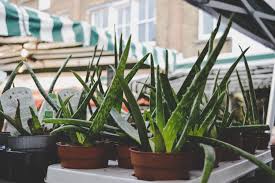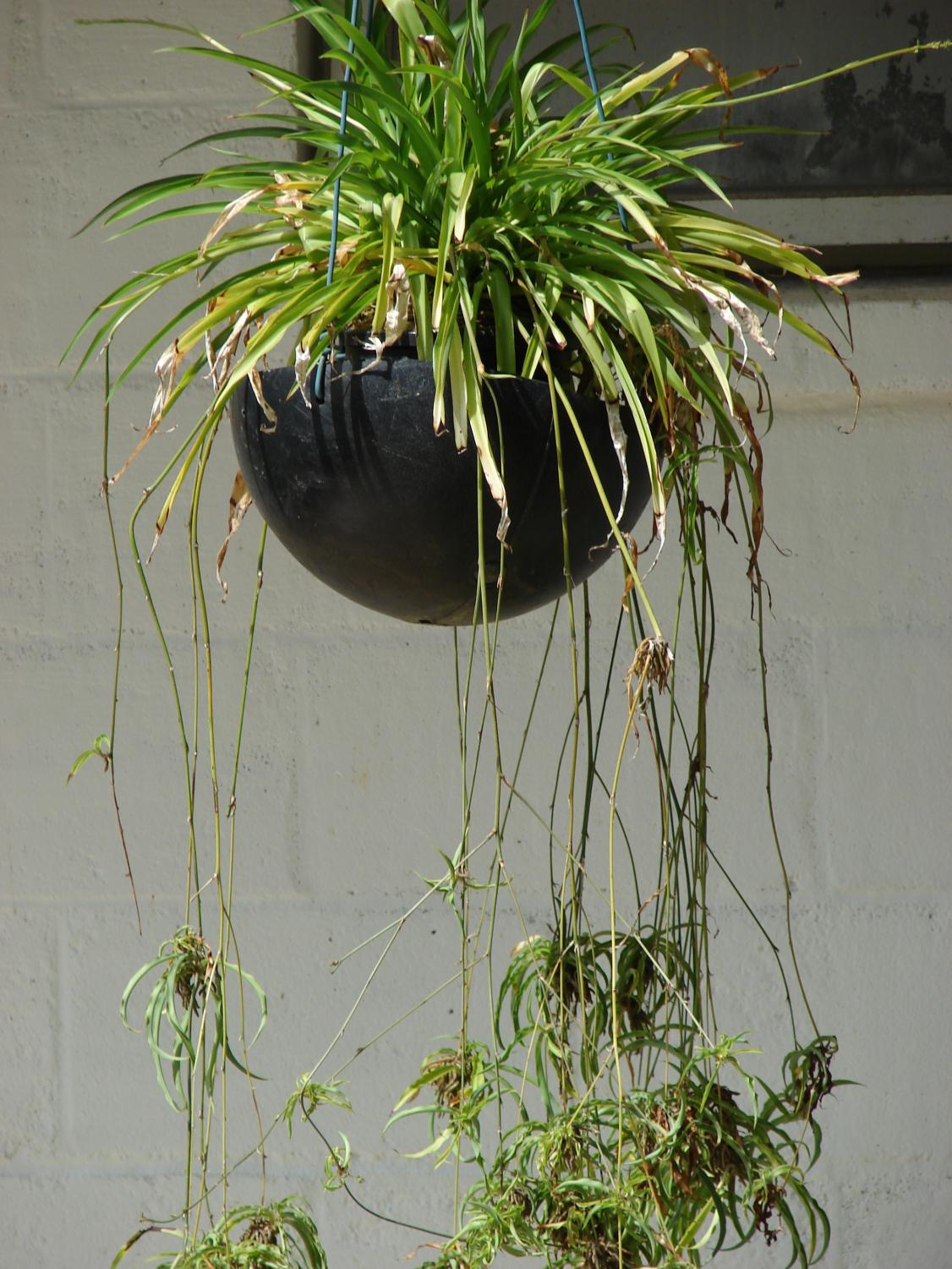Humans are really tricky creatures. Dogs need love, attention, food and time (and exercise). Plants need sunlight, water and kind words (maybe fertilizer). Humans? Humans need so much. Education, civilization, culture, technology, socialization, therapy. More. And, of course, who keeps discovering all of these things that humans need? That’s right, humans.
But really, the things that American humans are learning are things that other humans have known for a long time. Humans love sunlight, outdoors activities, plants, animals and feeling successful. Of course, getting outdoors for a brief walk or a nice stroll are incredibly helpful ways to improve mental health and clarity, but studies are showing that it isn’t just being outdoors that helps. Some hospitals are now recommending that patients do “eco therapy” a form of therapy where the patient is encouraged to plant a garden and watch it grow, go for walks outdoors and spend some time getting back to their roots.
In a place like Houghton, the Great Outdoors can be a treacherous and, frankly, cold place. A brief walk outside in Houghton in the middle of winter might do your mind some good, but what about your lungs? Surprisingly, Houghton actually gets a considerable amount of sunny days compared to other parts of Michigan, but that doesn’t do nearly as much when it’s so cold your face hurts the moment you walk outside.
But what about indoor gardening? The gardening season is short in our beautiful Keweenaw Peninsula, but there are plenty of plants that are well adapted to living in pots on windowsills and can certainly brighten up and liven up an empty cinderblock dormcell.
1. Spider Plant
Of the easiest plants to grow, this tops the list. Spider plants are named for their spider like plants or spiderettes that grow from the mother plant and dangle down the leaves. Spider plants require bright, indirect sunlight, making them perfect bedroom (or dorm room) plants. They prefer to dry out between waterings, but they should be watered well. If your spider plant develops brown leaf tips, this is usually due to fluoride in the water (what? Fluoride in our pure Michigan water?) and can easily be solved by “flushing” the plant out with plenty of water and allowing the water to drain out immediately. This prevents salt from forming too much in the soil.
2. Succulents
These are a college favorite as they can be planted in small pots and do well in bright, sunny locations. They do not need to be watered frequently. It’s recommended that the soil gets misted once a week, or you can pour a shot glass of water onto the soil once a week. Many of them will not die from neglect, though they will die if they freeze, so don’t leave them near open windows! Avoid overwatering these desert plants and enjoy the variety of shapes, colors, and sizes that they come in.
3. Aloe Vera
In addition to providing a natural source of sunburn soother (so important in this frigid Houghton climate), Aloe Vera is extremely easy to maintain. It requires bright natural light, but doesn’t do well in hot windows, place it in a sunny location but cooler location. They do not need to be watered too frequently.

4. Chrysanthemums
For the more daring and the more colorful beginner, chrysanthemums liven up any dreary bedroom with the help of well-drained soil and a bright, sunny window. As an added bonus, chrysanthemums are at the top of the air-purifying plant list. The leaves are poisonous to dogs and children, but for college students, especially in dorm rooms this will not pose much of a challenge.
5. Golden Pothos
The plant for plant-killers. It does well in low-light environments and handles neglectful watering tendencies like a pro. Drooping leaves indicate that the plant needs to be watered and if they don’t perk up after a good watering it means that the plant is ready to go up a pot size.
6. Mint
Awaken your inner culinary spirit by planting certain indoor-thriving herbs. Mint is a spreading herb and when potted is easy to control. They love being watered and often grow near water in the wild. Keep the soil moist. Mint loses its signature flavor when it flowers, so pinch of flower buds before they bloom to extend the harvest season. Mint leaves can be harvested, dried and used in delicious mint tea and fresh leaves can be added to water and cucumber for a refreshing drink or alone to iced tea to liven up the beverage.
7. Lavender
This beautiful bushy plant is known not only for its helpful ability to illicit relaxation and sleep in the user, but also for its lovely purple buds. Indoor lavender isn’t as beautiful as outdoor lavender, but it is well suited to living in a container. Lavender requires a lot of sunlight, so placing it on a table facing a sunny window (ideally a southern window) will help you get the most out of your little buds. In the Winter (all the Time up here) water your lavender only when the soil is dry to the touch. Lavender can also be harvested and dried in bundles for use in teas or baths (or muffins or cakes or syrup). Lavender is a favorite of kitchen connoisseurs.
8. Tomatoes
Yes. You can continue to enjoy the red fruit of the vine. Tomatoes that do best indoors are smaller varieties or hanging varieties. Allow the seeds to germinate and sprout before moving to larger pots and place them in a bright and sunny location. To encourage flowering (and thus tomato creation), they need to be kept in warmer temperatures closer to 85 degrees though they can thrive anywhere from 65 to 85 degrees.
9. Strawberries
Yeah, you caught me. These are a little more advanced than a beginning gardener with too many finals would normally take on, but let’s be honest— the dining halls don’t always have the best options for produce and strawberries are practically weeds. They propagate themselves via runners and require a lot of water (to grow big and juicy) and plenty of sunshine. Some people use them as ground cover for their gardens, they’re that simple to maintain. You can grow them in pots quite easily on shelves or windowsills or hang them in the window. Who wouldn’t want beautiful little berries in their bedroom?
But how will you afford gardening to keep your mental health in check? Aren’t supplies, seeds and the very upkeep too expensive for a college budget? You might think so, but many supplies for starting an indoor garden can be found not only at Walmart, but also at the local Dollar Tree since it is nearly spring. Because of the encroaching season change, many gardening supplies are actually on sale right now. If you are still moving from room to room, but the winter blues have got you down, consider adopting a little plant friend to keep you company, clean your air and brighten your days.


